6. The Brother From Another Planet
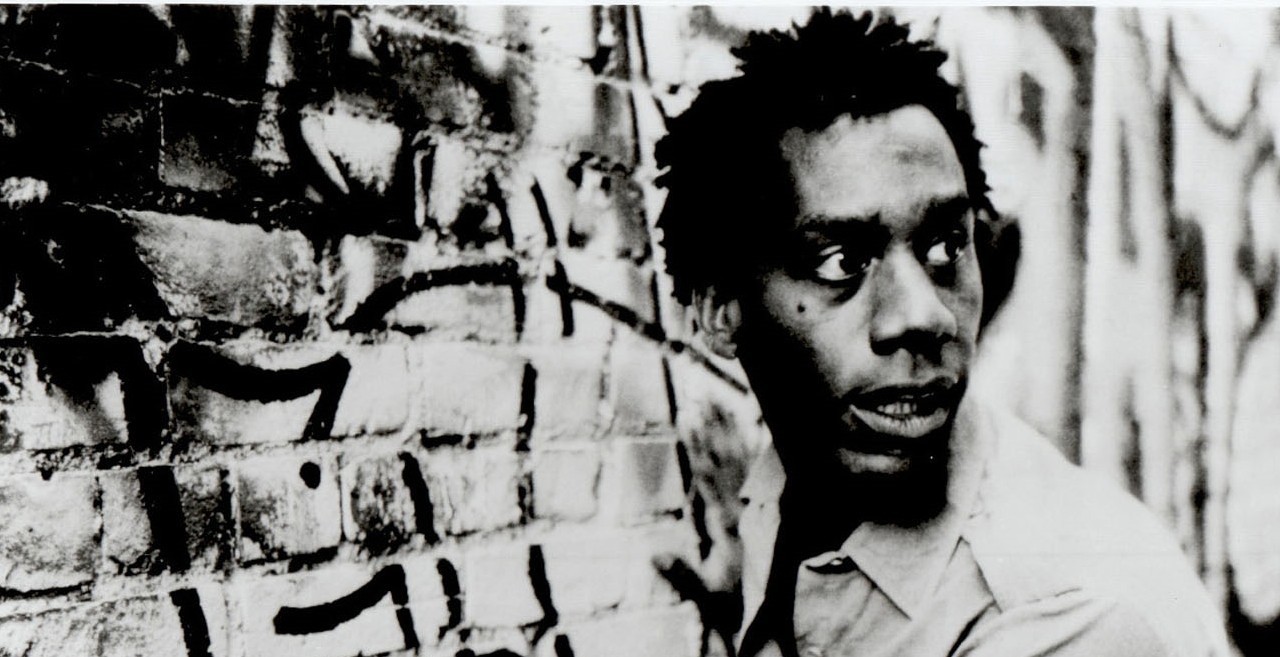
An alien comes to Earth to escape slavery and finds himself in Harlem. Besides the three big toes on his feet, he otherwise looks like a human being. He’s also mute, and–as he soon finds out–is considered black, which leads to discriminatory acts that confuses him.
Trying to do right while not understanding human society, he finds work in a video arcade since he can control and fix machines just by touching them. Being mute, the people who interact with him project their own prejudices onto his passive character; an old man in a bar derides him for being from Haiti, his prejudiced boss openly vents his racist views, and a co-worker just assumes he’s from Puerto Rico like himself.
We watch as the alien meets a variety of characters with both funny–and sadly familiar–results. Meanwhile, two (white) men in black–who turn out to be aliens themselves trying to recover escaped slaves–begin looking for him in Harlem, explaining that he’s an illegal immigrant.
Released in 1986, this movie features a look at New York City in the mid-80’s and the accompanying attitudes and cultural divide between races and classes. The Brother From Another Planet is an often humorous, and sometimes poignant, look at what that time and place may have been perceived as by an alien. Although the film begins to somewhat ramble towards the end, there are a lot of good ideas and novelty to enjoy in this low-budget sci-fi flick.
With a quiet but winning performance by Joe Morton as the alien and written and directed by indie filmmaker John Sayles, this film goes to show that you don’t need a huge budget and spectacular special effects to make a solid science fiction film: just a good idea and a little heart.
7. The Stuff
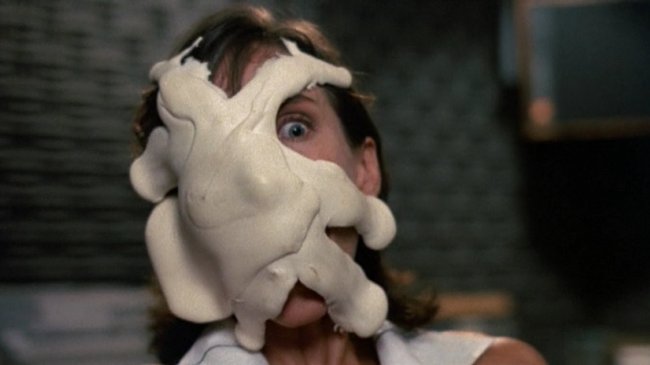
Excessive materialism was a hallmark of 1980’s American culture: selling–and buying–stuff was a national pastimes for many citizens. This sort of crass drive towards commercial success was ripe for parody in The Stuff. Released in 1985, this sci-fi/comedy/horror film details the rise of a mysterious, delicious substance that begins to suddenly appear in nature.
Harnessing this no-calorie and addictive foodstuff, a company begins marketing and selling it to the public, drastically damaging other competing snack food companies’ sales. These interests hire an investigator/saboteur to figure out what The Stuff (as the product is called) is and to end its production. What he finds is that The Stuff is actually a parasitic organism that eventually takes over the brains of those consuming it.
A young boy also discovers this when he notices the zombifying effect it’s having on his family; when he’s arrested for destroying a supermarket display of it, this attracts the attention of the investigator, and they both (somewhat nonsensically but humorously) end up working together to destroy The Stuff. But corporate greed being what it is, there’s always rebranding to hide the true nature of a product.
An often very funny satire on consumer culture and rampant commercialism, The Stuff also features a truly disturbing sci-fi concept about an invasive species that is literally addictive to consume as food. Written and directed by journeyman horror director Larry Cohen, the film also features some decent practical effects (such as what happens to a person’s body when The Stuff finally consumes them from the inside out) and some self-awareness by the protagonists of the horror tropes being invoked.
It’s a solid sci-fi satire about how easy it is for large corporations to willfully turn a blind eye to potential dangers of their product in favor of profits–and how easily lead consumers are to believe what’s being advertised to them.
8. Night of the Creeps
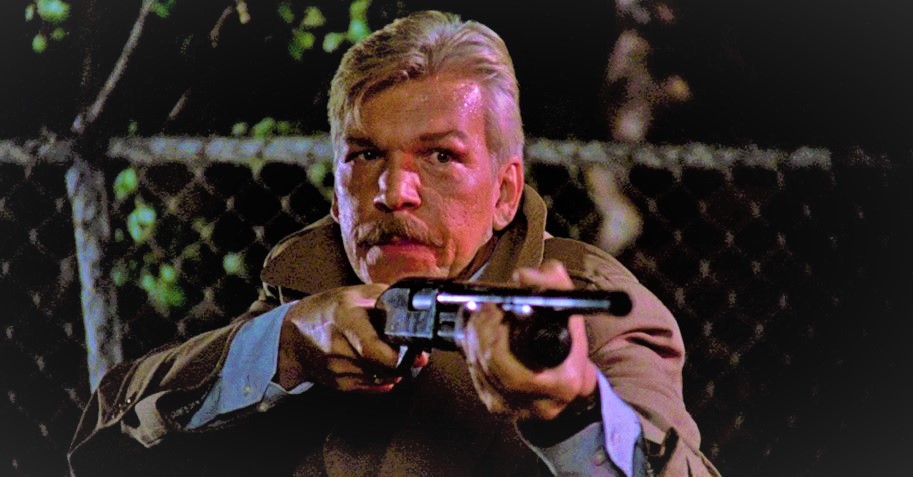
From its first frame of weird-looking alien creatures running down a corridor after an escaped experiment to a zombie breakout on a college campus, it seems like every trope in the sci-fi/horror book was thrown into Night of the Creeps.
Starting in 1959, where we watch a college couple investigate the crash of the escaped experiment from space, the college boy finds the crashed container and a slug-like creature jumps down his throat. Meanwhile, an axe-wielding escaped lunatic from an insane asylum nearby kills his girlfriend.
Then CUT TO blaring 80’s saxophone party music and a title card letting us know that it’s PLEDGE WEEK 1986, where a wild frat party is going on while our protagonist with feathered hair, Chris Romero, pines after a girl. Deciding to pledge to a frat to get her attention, Chris and his comic relief sidekick are charged with stealing a cadaver for a prank. When they get to the morgue, however, they are freaked out when a cadaver grabs for them.
It turns out this is the corpse of the college boyfriend from 1959 that had the experiment from space jump down his throat. Now a zombie, he stumbles back to the sorority house where he last remembered picking up his date; there, his head splits open, releasing many more slug-like creatures. Suddenly, more zombified people start showing up around campus, and Chris and the girl of his dreams are left to fight against these creeps.
It’s a solid sci-fi comedy film that happens to be permanently stuck in 1986: the music, fashions, attitudes, slang, and nearly everything else about this movie is a time capsule of that year. While the premise isn’t particularly original, this is by design: in fact, writer/director Fred Dekker (who also wrote and directed The Monster Squad) made the film as hackneyed and stereotypical as the zombie/alien/horror films with which he had grown up.
In fact, the plot even vaguely resembles Plan 9 From Outer Space–which is also name-checked in the movie. There are jerky, preppy antagonists, a wise-cracking sidekick, a helpful stranger with a dark past, and every other trope that pops up in movies like this.
It’s an 80’s sci-fi horror film that works as both an homage to these genres while also now (unintentionally) serving as a time capsule to the decade in which it was produced. While unsuccessful upon its initial release, it has since become a cult film with sci-fi/horror fans.
9. The Wraith
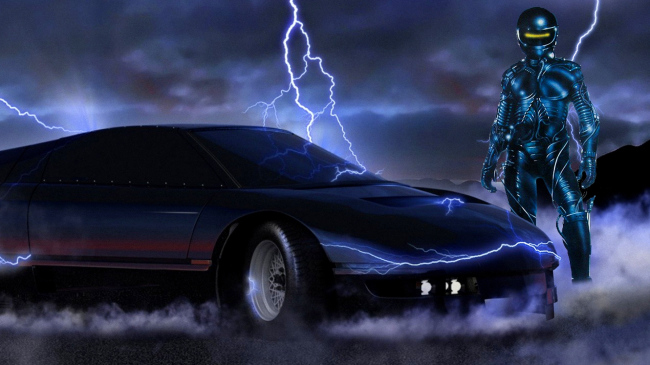
From out of the sky, a beam of light that turns into a mysterious man driving a Dodge M4S speeds into a small town in Arizona to take on a gang of punks who run a street racing ring and to protect a young woman named Keri (Sherilyn Fenn) whose boyfriend has been recently murdered by the gang.
At the same time, another young man, Jake (Charlie Sheen), shows up and begins a relationship with her. With each race against the black-clad, never-identified figure, the gang loses another member as they die in fiery crashes while racing against him.
However, no matter how big the crash is, the punks’ bodies are still completely intact–except for their eyes, which have burned out of their sockets. The gang’s leader, Packard, continues to antagonize Keri, whom he refers to as his property, while also growing increasingly paranoid about this racer that’s quickly wiping out his gang. The cops try to catch this mystery man, but once they start to pursue him, the car he’s driving–along with himself–vanishes.
As the movie roars towards its conclusion, at least one of the surviving gang members figures out that the mystery man (who he dubs the wraith) and Keri’s murdered boyfriend are one in the same; and perhaps Jake is, as well.
Though light on sci-fi elements, this film–released in 1986–gains points for being so very, truly 80’s: the original soundtrack is all synth (produced on the Synclavier II) along with selections from that era’s biggest metal bands, the style of clothes and hair are pure 1980’s cheese, and the bad guy punks are something out of central casting.
This movie is also notable for the assortment of classic cars featured throughout–and their eventual destruction. Both car chase fans and those who enjoy viewing the sometimes cartoonish cinema of the 1980’s will enjoy this film, a sci-fi action flick firmly of its time.
10. Earth Girls Are Easy
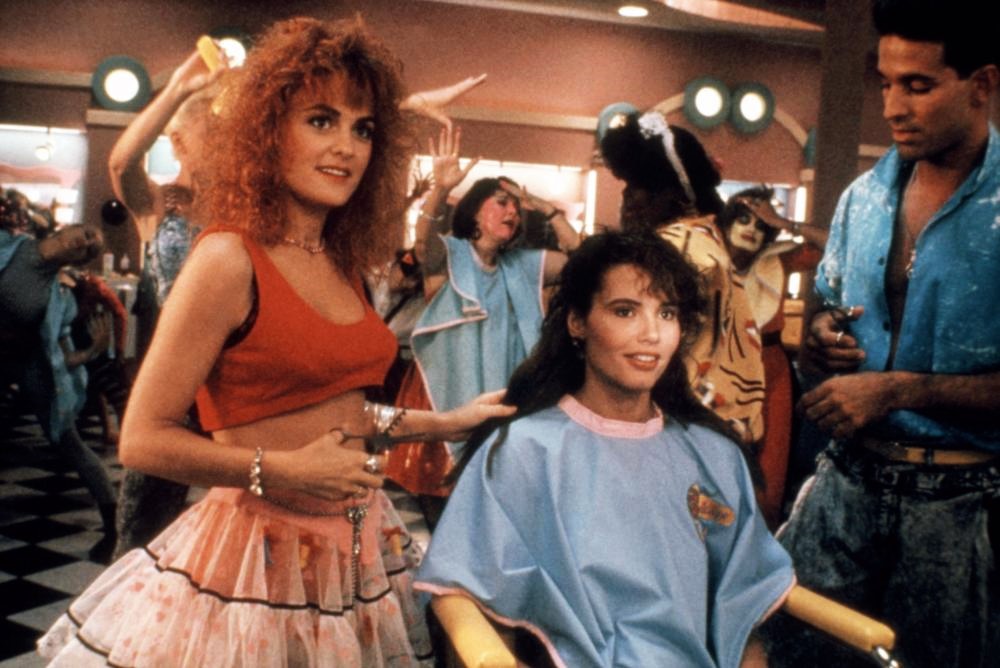
If you haven’t discerned the pattern at this point, sci-fi comedy was kind of a trope in American 1980’s cinema: there was something inherently funny to the cultural climate of this decade about aliens and spaceships landing in an abundant, hyper-successful America and parodying the tropes of old science fiction films from a few generations earlier.
Maybe it was a baby boomer effect where they enjoyed making fun of the silly matinee fare that they watched as kids; whatever the cause, the cultural environment of the 80’s produced a number of sci-fi tinged comedies that also encapsulated the values and styles of American culture at the time.
One film that seems to distill this enthusiasm of parodying old-school science fiction while also using it as a device to satirize American culture during this decade is the silly comedy Earth Girls Are Easy, which was released in 1988.
Starring Geena Davis, Jeff Goldblum, Damon Wayans, and future superstar Jim Carrey, the plot is as follows: a frustrated southern California woman (Davis) ends her relationship with her unfaithful boyfriend, only to awaken one morning to find that three zany aliens (and amorous) have crash-landed their spaceship into her backyard pool. These hirsute, multicolored alien humanoids are confused by American culture so she takes them under her wing. Unsure what to do with them, she has their body hair completely removed, which reveals three suave, good-looking (seemingly) men underneath.
As her attraction grows towards one of them (Jeff Goldblum’s character), the bizarreness of her relationship to these aliens begins to feed into her doubts of the appropriateness of her mating with one of them. These alien bachelors get themselves involved with one crazy hijink after another, and eventually the authorities are made aware of their arrival. But will Davis’s character be able to look past the problems of an interspecies alien romance, or will she return to the jerk she dumped?
More importantly, who cares? This movie is a wild trip into the over-the-top aesthetics and outre approach to making comedies in the 1980’s: everything about the movie–the music, the fashion, the attitudes, the characterization–is pure, distilled 1980’s.
Written by and co-starring Julie Brown (the other one, not the MTV one) and featuring several of her songs, Earth Girls Are Easy is a satirical look at the yuppie- and looks-obsessed culture of the 1980’s, set in the geographical location where apparently every other film was set in during that decade, Los Angeles.
The shallowness of people, fashion- and status-conscious populace, and the general inability for people (or aliens) to communicate their thoughts and feelings to each other are all explored in this film, in a very obviously comedic fashion. A sci-fi comedy musical with plenty of star power and not an inconsequential bit of satire attached to it, Earth Girls Are Easy is a light, fun look at a decade known for its ridiculousness- while also being itself ridiculous.
Author’s Bio: Mike Gray is a writer and academic from the Jersey Shore. His work has been featured on Cracked and Funny or Die, and he maintains a humor recap film blog at http://mikegraymikegray.wordpress.com/.